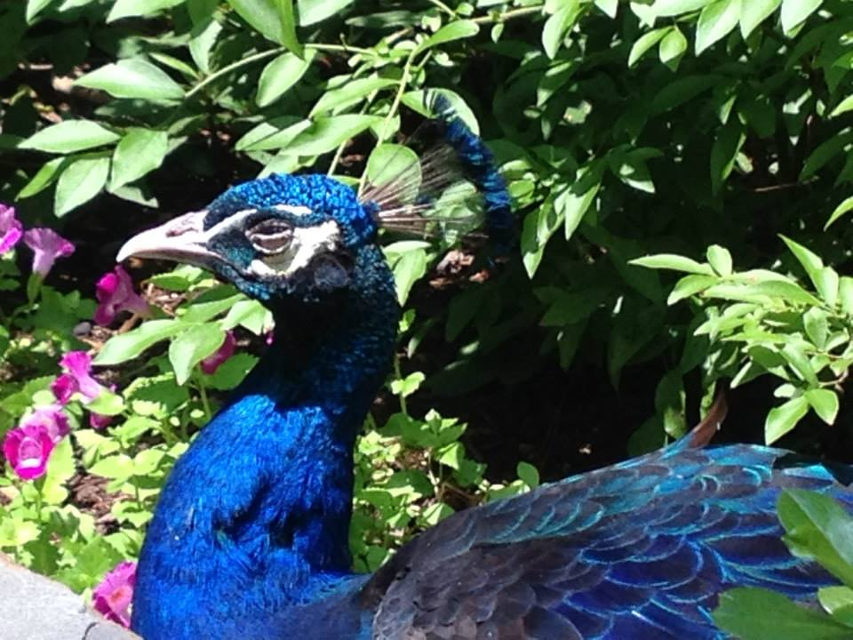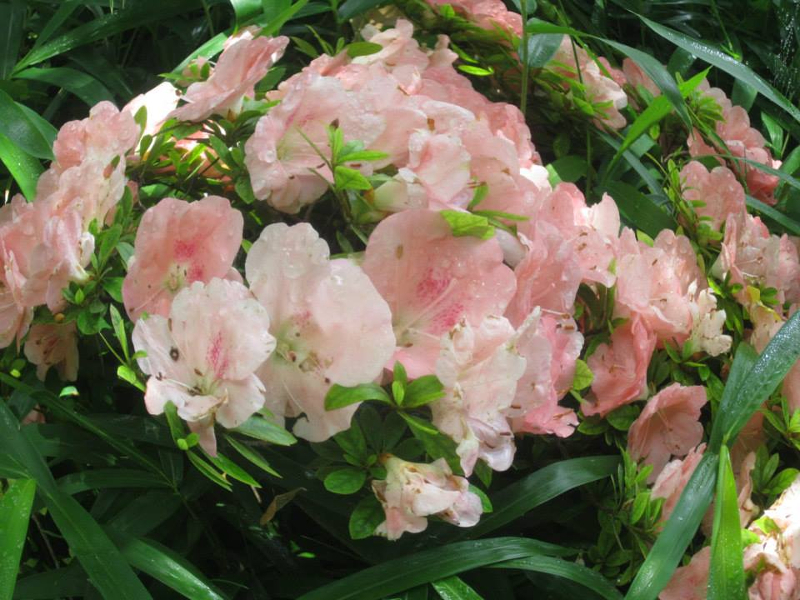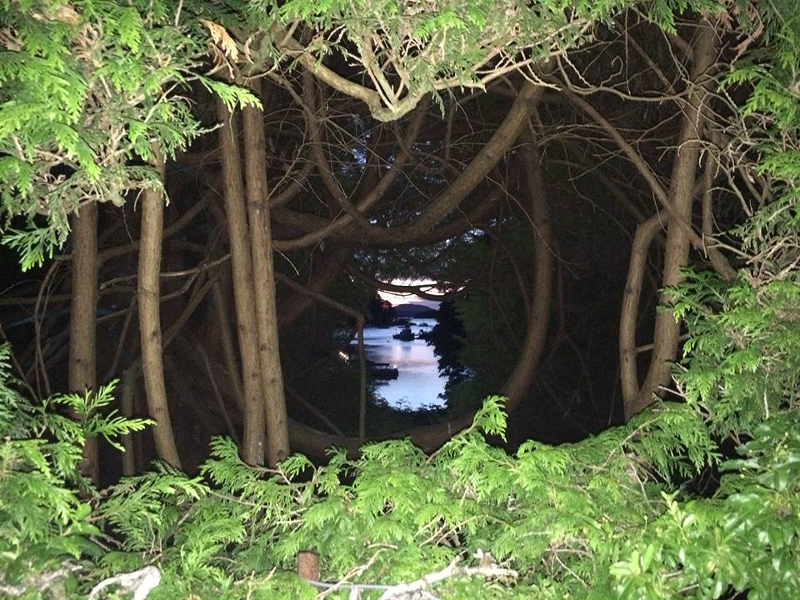Diana Conces – Five Photographs
Artist’s Statement on Beauty
In 2001, I was looking for an original topic for my Master’s thesis in English Literature, and my then-husband recommended that I read the philosopher Arthur C. Danto’s Transfiguration of the Commonplace. The book captivated me, as Danto sought to come to an understanding of what makes something art in the era of Rothko and Pollock and Warhol. The central thought experiment of the book concerned a series of identical canvases, painted with the same shade of red. One, by a noted political artist emigrated from Russia was called “Red Square,” one was called “Moses Crossing the Red Sea,” one was “Untitled #2,” one was a forgery of “Red Square,” one was the result of an accident where the artist’s Great Dane knocked over a paint can on a blank canvas, etc. Each is, visually, the same, yet each is different, and not all would be considered art. In considering this idea, I’ve come to believe that art is found at the intersection of intent, context, and communication. The artist herself contributes to the work, not just in its execution, but in the context: her background and history (such as with “Red Square”) or the words she choose (or doesn’t choose) in her titles. She is deliberate in composition, combining words and image and color and composition to communicate, whether that communication is political or personal, thought or feeling.
Then the reader or viewer interacts with the art, tries to receive communication and establish the scaffolding of context that relates the work of art to themselves and their world. As a reader, I don’t have to see the artist’s intent to find beauty in the work–but I do need to feel that there was an intent. If I see “Red Square” on the wall and know nothing about its artist, I might still marvel at all that vibrant red paint contained in such a small square and find it to be a fascinating commentary on passion and how hard it is to contain and find it, therefore, beautiful. If I then go home and research the artist, my relationship to the work might evolve; it might be beautiful in a different way. So, to me, beauty is that search for meaning, that fabulous moment when we connect, through some story or poem or artwork, into other lives or worlds, coming back into ourselves somehow different, somehow wiser and more aware of the invisible strands that connect us. As such, it grows and changes as we grow and change, and what we find beautiful in one way at 15 may be ugly at 25 or take on a different shade of beauty at 56. Because beauty is dynamic and built on context and relationships, we find it fascinating and elusive, the flashes of fire in an opal, the way the words of a beloved character remind us inexplicably of a grandmother, the shimmer of reflected cypress trees in a still lake.

Diana L. Conces lives and writes in the heart of Texas. Her work has appeared in publications including Black Fox Quarterly, Bearing the Mask: Southwest Persona Poems, The San Antonio Express News, and a Capitol Metro bus. More at: dianalconces.blogspot.com.






